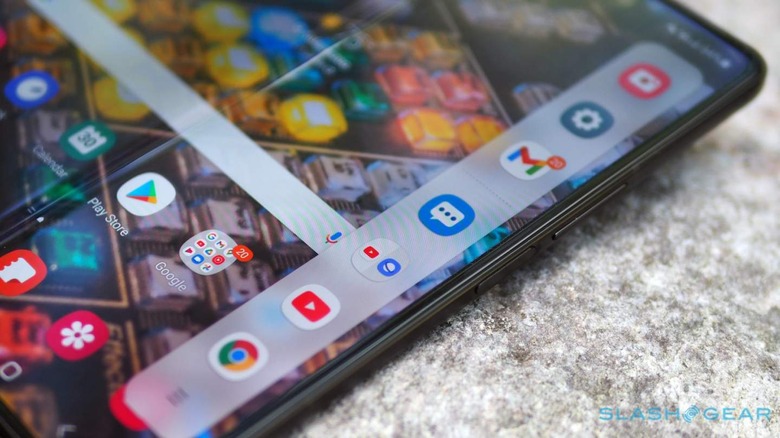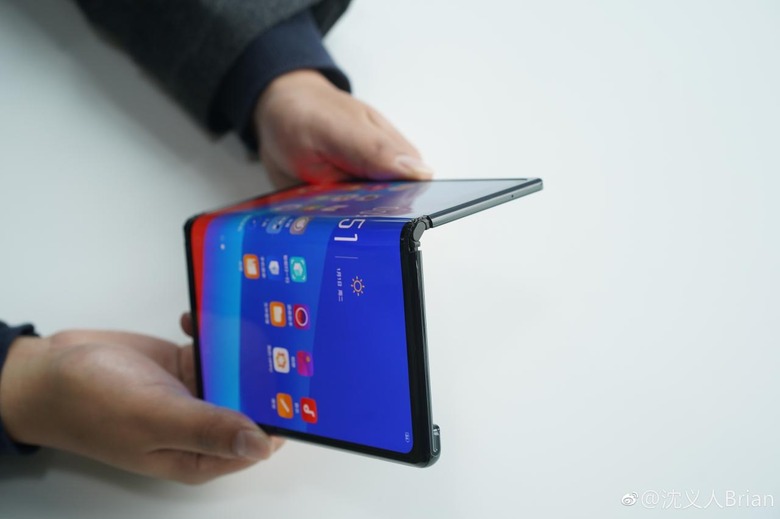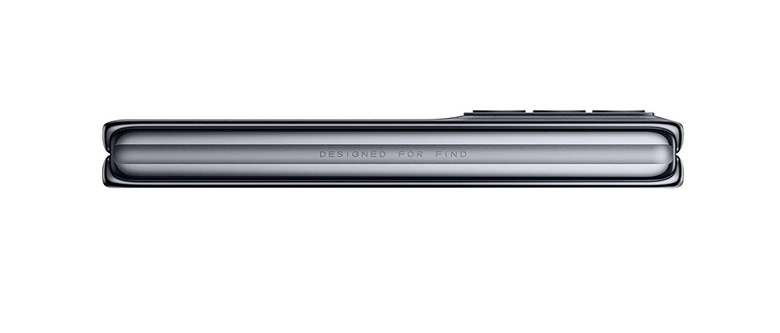OPPO's First Foldable Phone Aims To Fix What Samsung Got Wrong
Foldable phones are no longer novelty items today, especially with Samsung trying to push its products to the mainstream market. Despite assurances of improved durability and lower price tags, there are still some misgivings about the practicality of such a device. OPPO, however, is now claiming that it finally resolved the most glaring issues, which is also why it's coming late to the party. Come next week, it will finally unveil the foldable OPPO Find N, but it will need to have more than words to prove it has really outdone Samsung.
Foldable Solutions and Foldable Problems
Foldable phones try to address the almost oxymoronic problem of wanting to have large screens that can still fit in your pocket. While the current slate of devices from Samsung, Huawei, and Xiaomi does solve that puzzle, they haven't yet done so in a satisfactory manner. In particular, the user experience for book-type foldables (as opposed to clamshells) still leaves a lot of room for improvement, which is something that OPPO is keen to capitalize on.
The biggest technical problem with foldable devices is their screens, where most of the magic happens. Smartphone displays are primarily made of glass, something that isn't exactly flexible, let alone foldable. While there have been improvements in that regard, there also remain compromises and limitations, like leaving a tiny gap at the fold, the still visible creases, and the considerably more fragile material.

The hinge is also still a puzzle waiting to be solved despite Samsung's improvements in reliability. The hinge will always be a point of entry for dust and water that could ruin the phone from the inside, and the wear and tear could prove to be disastrous in the long run. Although it might be less of a challenge compared to the flexible display panel, it's still a design and engineering problem waiting to be solved.
OPPO's Search for Answers
Many smartphone makers have been taking stabs at those two problems, from lesser-known names like Royole to, of course, Samsung. Huawei and Xiaomi have also launched their own takes on the foldable phone, while Motorola briefly dipped its finger with a clamshell-style Razr revival. Others like Lenovo and vivo have dabbled with prototypes, but OPPO is going to beat them to the punch.
OPPO's Pete Lau says that it has been working on this technology as far back as 2018, but it was only in early 2019 that it showed that it actually had a working prototype already. It decided at the last minute not to butt heads with the Huawei Mate X, especially since both shared the same "outie" fold design in contrast to the Samsung Galaxy Z Fold. Since then, there have been numerous reports and rumors of OPPO's first foldable device, most of them taking hints from patents.

Pete Lau, who has returned to OPPO as Chief Product Officer after leaving the company to co-found OnePlus, explains that they weren't in a rush to be first. There's a certain wisdom to learning from the mistakes of others, especially if it gives them enough time to develop a better solution. That solution, the exec claims, is the OPPO Find N.
OPPO Finds N-novation
Lau makes bold claims in saying that this OPPO Find N solves the biggest pain points of foldable devices. It specifically names the crease and durability concerns, addressed by what he boasts are the best hinge and best display designs today. We won't have to wait long to see whether that's really the case, at least from a distance, since OPPO already pre-announced its debut on December 15 at its OPPO INNO DAY 2021.

Those two points, however, are just two of the other issues that foldable phones still have today, including the cameras and the software experience. OPPO has teased a retractable camera design that will also be shown off next week, and it could even debut on the OPPO Find N. That, however, could also increase the price of the foldable phone, an already high barrier to entry in this market.
The user experience with the software could prove to be a bit more tricky for OPPO as it has very little experience with Android on large screens, at least compared to Samsung, Huawei, and Xiaomi. It is also too early for it to take advantage of Android 12L, and the chances are that the OPPO Find N will launch with Android 11. It's definitely refreshing to hear another big name jump into the foldable arena, but OPPO better has evidence next week to back up the big claims that it is making.
